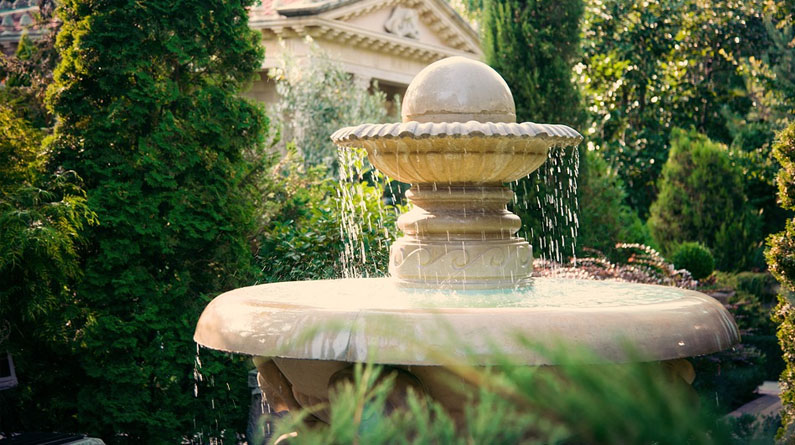
Creative Water Features for Different Types of Yards
There are many different types of yards, from small urban spaces to sprawling country estates. It can be challenging to design a water feature that works in any yard and still feels authentic to its surroundings.
However, with a little creativity, nearly any type of space can have an inspiring water feature. Whether your yard is big or small, urban or rural, there is probably something you can do with it to make it more beautiful.
There are so many creative ideas out there for different types of yards when it comes to incorporating water features from natural ponds filled with lily pads and koi fish, abstract glass sculptures that appear as if they’re made from melting ice cubes and even crazy twisty-tail dragon whirligigs doubling as sprinklers on hot summer days!
Bigger isn’t always better
When it comes to designing a water feature for your yard, big is not always better. You can have just as much impact on your yard with a smaller water feature as you would with a larger one.
Bigger water features are often more expensive, take up more space and sometimes require more upkeep than smaller ones. If you have a smaller yard, the feature will have a greater impact on the space. In larger yards, multiple smaller features can be used instead of one large one.
Smaller yards with a lot of vegetation
For smaller yards with a lot of vegetation, an aquatic feature could be a great addition. A small pond with a few aquatic plants like lotus, water lilies, and water lettuce, as well as a few fish and some aquatic bugs, can be a great addition.
A smaller water feature doesn’t have to be an aquatic one. A small bubbling fountain could be a great addition, especially if it’s in view of the house. The sound of running water is very soothing, and can help drown out some unwanted noise.
Larger yards with a lot of room to maneuver
For larger yards, you can certainly have a water feature, but what it will look like depends on your yard. A pond with some aquatic plants, fish and maybe some frogs is a popular choice for larger yards with plenty of space to maneuver.
A koi or goldfish pond is a great way to add color to a space, especially during the dreary winter months when most plants are not growing. Koi ponds can be very beautiful, but they do require more maintenance than goldfish ponds.
If you have a large yard, you might want to consider multiple smaller water features instead of one large one. This will help break up the space and make it feel less open. Adding water will also increase your gardening options, as many plants benefit from the addition of water.
Rural spaces
If your yard is more rural, you might want to consider adding a natural water feature. A small stream, especially one that leads to a small pond, can be a great addition to a yard that has a natural feel to it.
A stream can be very beautiful, but it does have a few drawbacks. First, it can be challenging to design it so that it flows in a natural way.
Second, it generally does not have the same visual impact as a manmade water feature. A stream or small waterfall can also be used as a natural way to irrigate your yard. However, it should be designed in a way that allows excess water to flow back into the ground, rather than going towards your house.
How to make your creative water feature idea a reality
Before you dive in and buy a bunch of supplies for your water feature, think about how you want it to look, the type of impact you want it to have on your space, and what your budget is.
Then, do some research to see what types of things might work for your yard. Once you’ve come up with a few ideas, you can start to narrow it down. You can also ask others for ideas.
If you have friends who know a lot about water features, you can ask them what they would do if they were in your situation. You can also check online to see what people have done in similar situations.
When you decide what you’re going to do, you’ll have a better idea of how much it will cost, how difficult it will be to build, and what supplies you’ll need. Then you can go ahead and make your water feature a reality!

